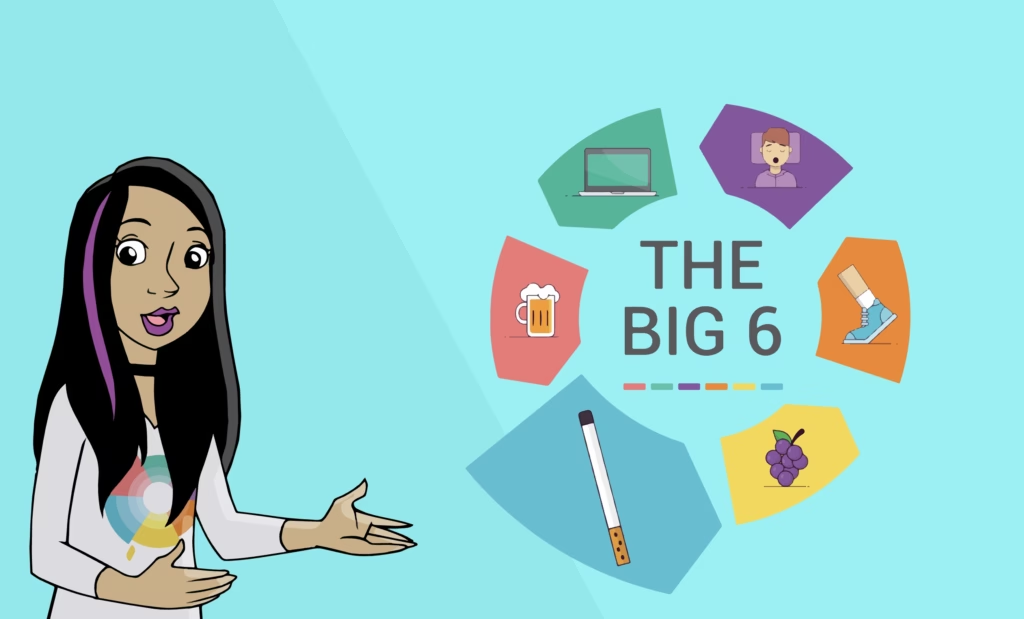Vaping is an increasingly concerning issue in high schools around the world. Many students are attracted to the flavours and social aspect of vaping, leading to a rise in its popularity.
Recent research found that 10% of young Australians aged 14-17 years old and 26% aged 18-24 have used e-cigarettes [1, 2]. As a result of the rapid increase in vape usage amongst young people, schools and parents are working tirelessly to educate students about the potential dangers of vaping and to discourage use.
Since 2017, the U.S. has seen a record increase in adolescents’ vaping of nicotine – the largest for any substance over the past 44 years [3]. In Australia, vape usage in people aged 14 years or older has more than doubled from 2016 to 2019 [4] and jumped by 18% between 2017 and 2021 in secondary school students [5]. Now, the research has shown that more than 3.5 million Australians aged 14 years and over vape or smoke [6, 7].








